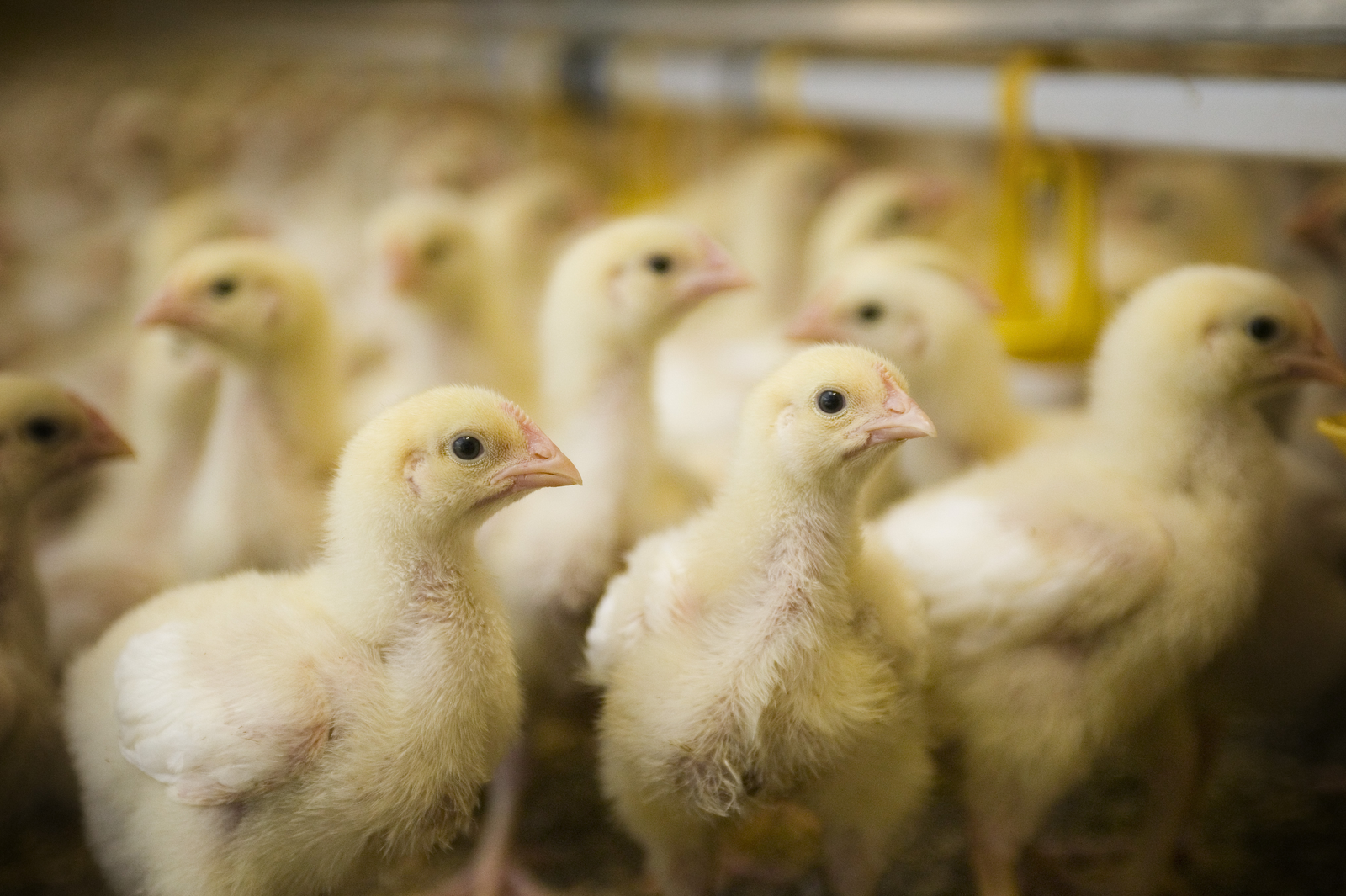Probiotics and its effect on gut health and lameness

Experts shared insights into the complex relationship between gut health, disease and lameness at Ghent University’s Faculty of Veterinary Medicine in Belgium.
“Necrotic enteritis and dysbiosis are the two major challenges facing poultry production since the 2006 ban on antibiotic growth promoters in the European Union,” stated Professor Richard Ducatelle of Ghent University during his remarks to nearly 100 delegates at the BIOMIN seminar on “The Multifacets of Gut Performance and Lameness” at the Faculty of Veterinary Medicine, Ghent University in Belgium on 10 November 2015.
Multi-factorial disease
Necrotic enteritis, widespread in broilers, costs the industry US$2 billion worldwide annually. Dysbiosis, or dysbacteriosis—characterised by an imbalance between beneficial and harmful gut bacteria—and leaky gut constitute a multi-factorial disease with real consequences for poultry health and performance according to Gunther Antonissen of Ghent University. “Inflammation, diarrhea, wet litter, digestibility issues, welfare problems, disease, and performance problems are all associated with the loss of intestinal epithelial integrity,” he explained. Fortunately, attention to feed formulation, management practices and feed additives can influence gut performance. Prof. Ducatelle outlined how both prebiotics and probiotics (direct fed microbials) can protect intestinal health.
Learn more and join the All About Feed/ World Poultry webinar: How to overcome BCO lameness without antibiotics on the 18th of November. Don’t miss out, and
sign up here.
Combining prebiotic and probiotic
“Poultry-to-poultry beneficial bacterial strains will persist longer in a bird’s gastrointestinal tract,” explained Dr Wael Abdelrahman, Technical Consultant at BIOMIN. “Different probiotic strains will colonise different parts of the gastrointestinal tract and, if used together, will have an overall greater effect compared to a single strain probiotic,” he continued. Combining a prebiotic and probiotic can provide further benefits.
Tackling BCO lameness
Prof. Robert Wideman of the University of Arkansas provided insights into a lameness caused by stress and bacterial infection in broilers, including research findings on Bacterial Chondronecrosis with Osteomyelitis (BCO). “BCO is a common cause of lameness in the US and EU that typically affects 1.5% of broilers grown past 40 days of age. ‘Epidemic’ outbreaks can affect more than 15% of a flock in some cases,” he noted. Peer-reviewed study results show that PoultryStar® can reduce the incidence of BCO lameness by more than half, even across different genetic lines. Providing further evidence, Gino Totté, Director at Panagro Health and Nutrition, shared results from a farm in the Netherlands. Citing genuine performance and net return on investment (ROI) gains in 75% of barns applying PoultryStar® for broilers, he highlighted “a clear reduction in BCO lameness accompanied by less antibiotic use.”
Learn more and join the All About Feed/ World Poultry webinar: How to overcome BCO lameness without antibiotics on on the 18th of November. Don’t miss out, and sign up here.
The harm of Campylobacter
“Campylobacter is not a harmless commensal,” declared Prof. Tom Humphrey of Swansea University. “It represents an international problem and has a direct impact on broiler performance, health and welfare.” The threat to human health is real: the World Health Organization named Campylobacter the number one food borne pathogen and long-term side effects can occur in about 1% of cases. Left unchecked, Campylobacter “will become a trade issue and a political issue as companies and regulators examine levels in poultry production more closely.” He emphasised the need for further research to better understand and control Campylobacter.
The conference, held in partnership with key local BIOMIN partner, Panagro Health and Nutrition, gathered over 100 attendees from across the poultry industry representing 13 countries. It ended with a tour of the Ghent University Faculty of Veterinary Medicine’s facilities.











